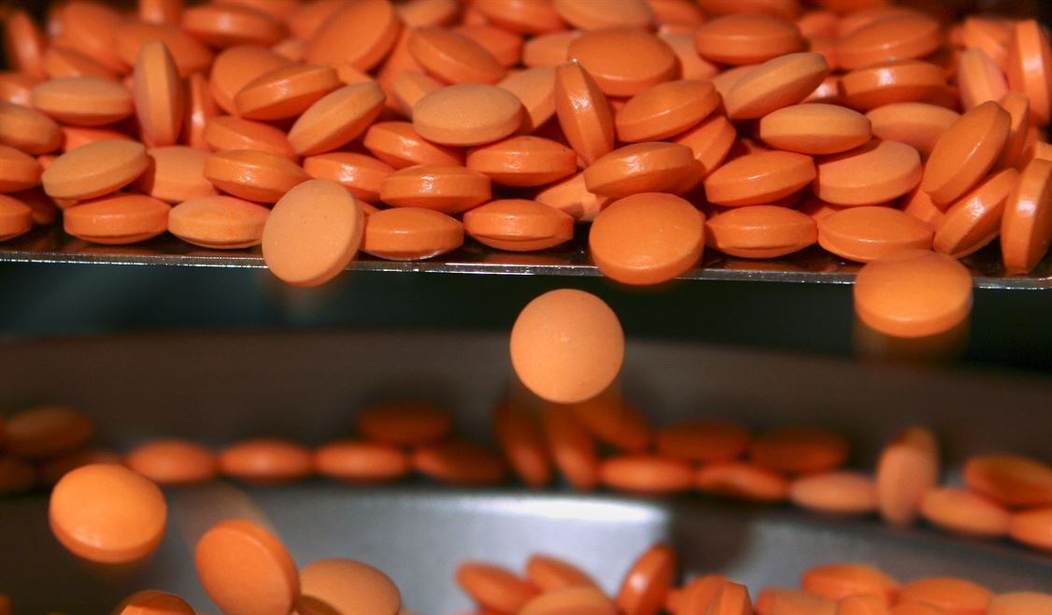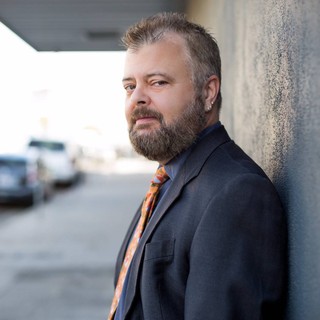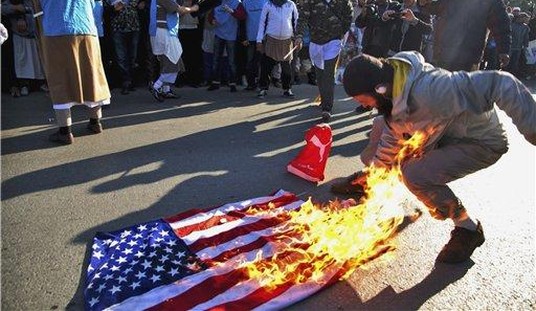As the second wave of probably unnecessary coronavirus-related business lockdowns hits various parts of America, we’re a little better equipped with data to ponder than we were just a few months ago. If one is willing to look beyond conventional American mainstream media sources, that is.
I recently explored in one of my Morning Briefings the horrendous toll that the lockdowns are having on American small businesses. Big businesses are getting hit too. Last month The New York Times posted an article which speculated that this pandemic could be the final nail in the coffin of the American department store.
The business and economic costs are obviously going to be great. We’re still trying to figure out what the physical costs will be. It’s now very evident that early death tolls here in the United States had more to do with China lying and virtually every Democratic leader in the state of New York being a blithering idiot than anything else. The summertime infection spikes we are seeing right now are almost certainly the result of so many thousands of woke American youth hitting the streets to riot, loot, and generally embarrass us as a nation.
No one is allowed to say that publicly, however.
The young people getting it now aren’t experiencing death rates that New York and Michigan were when Andrew Cuomo and Gretchen Whitmer were sentencing citizens to death in nursing homes. Here in Arizona, for example, our spike has given us more total confirmed cases than Michigan but 4500 fewer deaths. Those numbers may not hold but that’s the point — we’re still really not sure about a lot of this.
One disturbing pattern that is becoming ever more apparent is the emotional and mental health toll that the pandemic and its attendant ills like quarantine and loss of jobs are having on people.
At the milder end of this spectrum is something called “isolation fatigue,” which I first read about in late May:
Bowman says part of the reason for this behaviour lies in something called “isolation fatigue,” which he describes as a psychologically-based restlessness. Some people, he explains, have had enough of being physically isolated and want to begin interacting with the outside world again.
“We seem to be at a bit of a tipping point where people have been isolated for so long that they really want to get out there,” he said. “As we reached about the nine or ten-week point, people began to feel satiated, and that’s lining up with warm weather.”
I can attest to this being real. I’ve been a lone-wolf both personally and professionally for years. Nothing really changed for me during quarantine. Still, even I got a little stir-crazy. It took longer to kick in than it did for my extroverted friends but it finally happened just last week. I got to go to a bar just in time to have them all be shut down again.
Yay me.
The United Nations had a rare “even a broken clock is right twice a day” moment on this subject when it issued a warning in May. From NPR:
“Not surprisingly, higher-than-usual levels of symptoms of depression and anxiety have been recorded in various countries,” the brief explained, pointing to one recent study that revealed an estimated threefold increase in symptoms consistent with depression in Ethiopia since the start of the pandemic.
The stress of the present moment may also lead greater numbers of people to a greater reliance on addictive substances such as alcohol and drugs. Canada’s national statistical agency, in a release last month, noted that a fifth of Canadians aged 15-49 had increased their alcohol consumption since the start of the crisis.
Addictive behaviors may lead to a rise in what mental health specialists often call “deaths of despair,” or deaths traced to suicide and the misuse of alcohol and drugs.
That was from mid-May. This is from CTV News on Tuesday:
Paramedics responded to a record number of overdose calls on Friday, B.C. Emergency Health Services says.
There were 131 calls reporting suspected overdoses that day – “the most recorded in a single day,” BCEHS wrote on Twitter Monday.
“This is double (the) average daily overdoses.”
and…
The striking statistic follows another sombre milestone met in the province: more people died of illicit drug overdoses in May than in any other month in B.C.’s history.
Add to that the fact that some people might be more inclined to get divorced after spending too much quarantine time together and a pleasant picture is most definitely not being painted.
None of these are nationwide statistics but the UN’s point is well taken: This crap can really wear on some people.
What’s uncomfortable to ponder is that these anecdotes and statistics reflect just the first few months of adjusting to the pandemic’s ugly new world. I wrote in Tuesday’s Morning Briefing that this second wave of lockdowns gives me the feeling that we’ll be in varying degrees of quarantine and isolation through at least the rest of the year. Can you imagine how people are going to feel after five more months of this?
Half of the country may need to be talked off of the ledge, especially the frazzled parents whose kids didn’t go back to school right away.
At some point, this mental toll is going to have to be factored into politicians’ responses to coronavirus, which thus far seem to be rather arbitrary. Sadly, that would require American politicians and the media here to be more honest about the physical toll, both its sources (riots) and changing death rates. They all seem to be so invested in being disingenuous about everything for purposes of exercising power that it’s unreasonable to hope they’ll back away from it anytime soon.
Put another way: they’re committed to a path of petty, woke politics and spectacular failure.
Buckle up, it’s gonna be a bumpy ride.
___
Kruiser Twitter
Kruiser Facebook
PJ Media Senior Columnist and Associate Editor Stephen Kruiser is the author of “Don’t Let the Hippies Shower” and “Straight Outta Feelings: Political Zen in the Age of Outrage,” both of which address serious subjects in a humorous way. Monday through Friday he edits PJ Media’s “Morning Briefing.” His columns appear twice a week.










